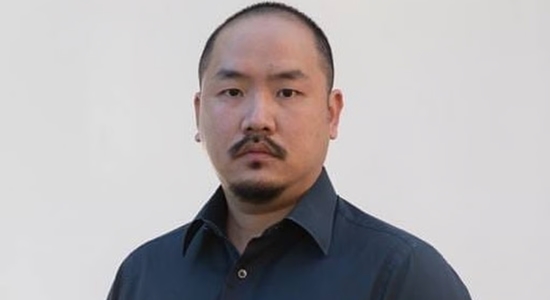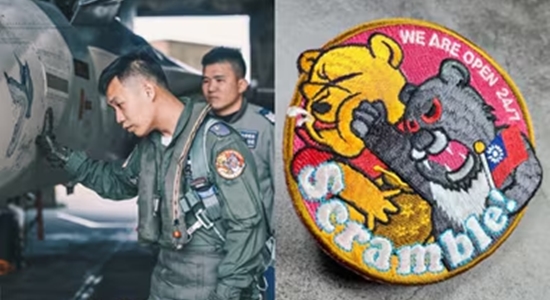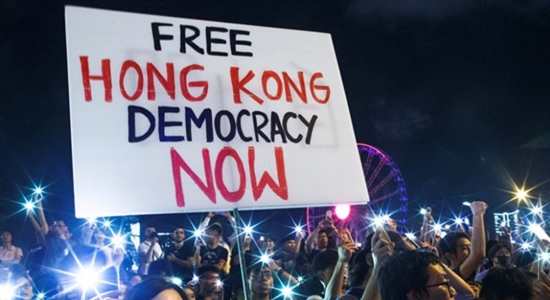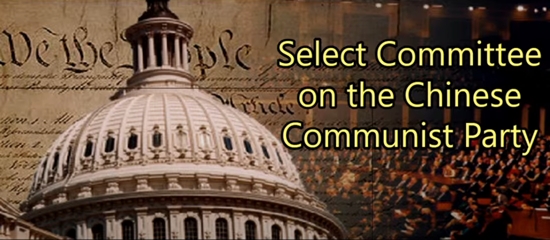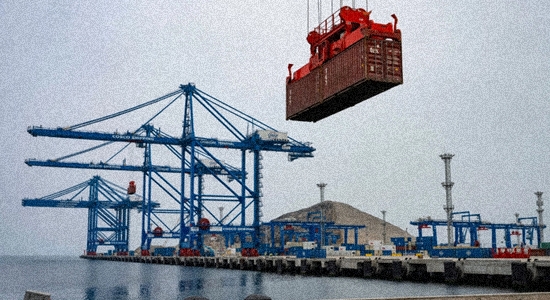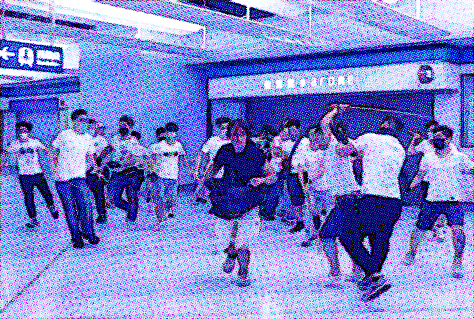
Triads attack supposed protesters at Yuen Long subway station on July 21, 2019.
Nearly a century ago, the Nazis had their Brownshirts, young hoodlums deployed to beat up their political opponents. As the world witnessed on July 21, 2019, the Chinese Communist Party has its own “Whiteshirts,” the hundreds of triad (organized crime) members dressed in white, who beat protesters and media and bystanders alike with long wooden rods in and around the Yuen Long subway station.
These brutal attacks on innocent Hongkongers were inflicted with the full knowledge and support of Hong Kong police and government officials, who not only allowed the violence to take place, but refused to do anything more than (as seen in one famous photo) congratulate the thugs. Then, as the police lost any semblance of public support, Beijing and their puppets in Hong Kong gaslighted both the city and the world by prosecuting the victims of the vicious, unprovoked criminal brutality!
Shibani Mahtani and Timothy McLaughlin detail the Nazi-esque violence in a Washington Post article adapted from their book, “Among the Braves: Hope, Struggle, and Exile in the Battle for Hong Kong and the Future of Global Democracy,” which is available today.
Events in Yuen Long on the night of July 21 when residents were brutalized by marauding gangs would rupture whatever hope still existed that Hong Kong could reach some kind of political compromise. Reporting for a narrative history of the pro-democracy movement reveals that the police were aware of the planned attacks, as were government officials close to Hong Kong’s political leadership. Yet they did nothing to stop it.
By July 21, following violence at earlier protests, the Hong Kong police force had started to be perceived as occupiers doing mercenary work for Beijing rather than acting as a legitimate policing unit. At Yuen Long on July 21, police had the opportunity to reverse that growing perception and prove their professional, unbiased role. The public was begging them for help. Some 24,000 panicked calls were placed to emergency services over a period of three hours, alerting them to the scenes unfolding in Yuen Long.
It took 39 minutes from the start of the attack on July 21 for police to arrive. When around 40 officers equipped with body armor and riot-control gear gathered outside Yuen Long station, they were noticeably restrained when dealing with the mob of men compared to the protesters. There were no rubber bullets or beanbag rounds, not even a foot chase. Instead, officers allowed the men to exit without issue.
The police response would come to be defined by a photo: a riot officer with his hand amicably placed on one of the white-clad men’s shoulders.
What took place on July 21, 2019, unleashed a flood of emotion: denial, disbelief, shock, grief and anger. When emergency calls were ignored, when clips of the light-touch approach to the men in white went viral, trust in the police cratered.
The police commissioner at the time said he would review the force’s manpower deployment, and Lam branded the attacks “shocking.” Just over a year on from the attacks, however, the narrative started to shift. Police started by arresting victims from that night — including an elected lawmaker who was hospitalized with broken fingers and injuries to his face, arms and legs — and charged them with rioting.
“As Hong Kong stood up for democracy, a neighborhood was brutalized,” by Shibani Mahtani and Timothy McLaughlin, The Washington Post, Nov. 3, 2023.

